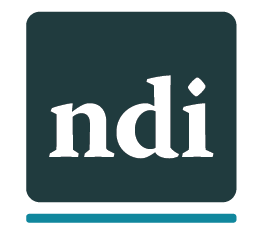Let me set the scene for you.
It’s been a long day. You’ve been stuck traveling in a car for hours, listening to the only radio station within operating radius, which is strictly playing the one genre of music that you can’t stand. About an hour ago, you spilled half of your cup of coffee on your pants, and now you’re so hungry that your stomach has started speaking to itself in loud growls. And, oh…that’s just great…there’s construction work up ahead.
The sudden roadwork forces you to take an unexpected detour from your route, and suddenly, you’re driving around on unfamiliar roads…feeling frustrated and hopelessly lost.
One thing is for sure: this journey isn’t working out like you’d hoped.
This is the part where having a map comes in handy.
Whatever type of map you have available – an app on your phone, a portable GPS or an actual paper map – you’re going to need one to help you get back on track and to your final destination. Without one, you’ll be stuck – wandering aimlessly around, waiting for a stroke of good fortune to come your way.
Similar to how a geographic map can guarantee that your next road trip isn’t straight out of a National Lampoon movie, a financial roadmap can help you figure out the economic landscape of your life.
This blog is the first in a six-part series that National Disability Institute (NDI) will be publishing throughout the month of April – National Financial Capability Month. This blog series (Your Financial Capability Roadmap) will cover five key strategies that help people reach financial well-being.
Those five key areas are:
- Public Benefits and Work Supports
- Employment
- Free Tax Preparation and EITC
- Financial Education
- Asset Development
But first things first. Let’s talk about some common terms that get used during Financial Capability Month and what they mean.
Financial education refers to gaining new knowledge and skills. The skills gained during financial education lead to financial capability, which refers to the actions taken by an individual. That leads to financial well-being, the outcome of those actions. This three-part financial arrow is all about behavior change.
For example, after learning how to open a bank account (financial education), you set up one that gives you access to checking and savings accounts (financial capability). And then you continue managing your bank account, paying your bills on time and saving money (financial well-being).
This blog series will help you discover your own personal roadmap to financial wellness. What actions (financial capability) can you take to better your outcomes (financial well-being)?
In our next blog (Part 2), we’ll tackle the topic of taxes. After all, Tax Day is just a couple of weeks away! Our tax blog will teach you about free tax preparation services that you can use, as well as vital tax credits like the Earned Income Tax Credit (EITC).
So, buckle up! This road trip is just getting started.
